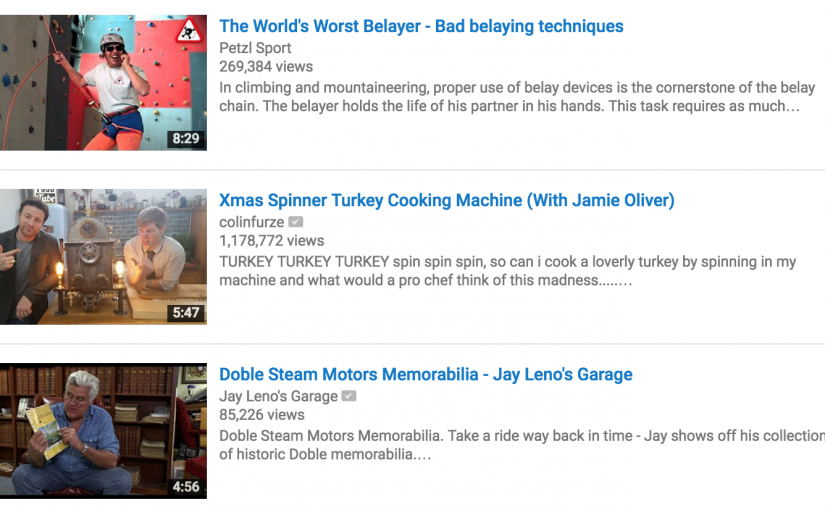Table of Contents
Three things have made the pleasure of narrowcasting rather than broadcasting a reality. Broadcasting is finding something that as many people as possible are interested in watching. This is mass appeal television. European Football is one example, british rugby another, skiing another and tennis as a last one. Each of these has a large budget to spend because of the mass appeal of the content. It means that you can experiment with Ultra high definition, 3D broadcasts and more. In essence it is content that is easy to justify. Narrow casting is the opposite.
Narrow casting is the opposite. It’s about providing content for a small number of people. This means less interest, less money and therefore less feasible. Early attempts at narrow casting include both cable television and community videos. The problem with cable television and community videos is that they are not on demand so unless you’re ready to watch the content at the time it is aired or the time when it available on VHS tape you missed it.
Youtube, DailyMotion, Vimeo and other video distribution solutions started by allowing people to upload random clips with low production values. As interest grew and as people uploaded new content from pirated shows to pirated music, from home videos to more so the focus changed. I look at the early days of vlogging when iJustine streamed content live, Seesmic when we chatted with each other to webcam vloggers, game play videos and more. As these low brow content makers showed that they could amass an audience and as advertisers saw that they could generate an income so other people could come along.
I recently noticed that Jay Leno has a show on youtube about his garage. We see him talk about a car per episode, around 25 minutes a piece. In these shows he speaks at a relaxed normal pace. We see him talk about cars. We see him show content from photo books and in general we get the feel that we used to get from browsing through magazines and books like in the good old days. With Video on Demand services like youtube we are coming to a new age in video content where the content we can browse through and watch documentaries like we used to browse through newspapers, magazines and books. We can learn about niche topics in a medium that would have been prohibitively expensive in the past.
Cost of production
Video cameras and storage are now very cheap and so are editing systems. We have gone from video production costing hundreds of thousands of swiss francs to it costing hundreds of francs to get started to several thousand depending on the quality of the image you are looking for and the topic you want to speak about. Gameplay videos and vlogging have a low barrier to entry so charismatic people can quickly start to cover cost and make money.
Specific examples
Cycling is another niche market. With a small team of people you can produce a channel such as the Global Cycling Network and produce content which people can subscribe to and watch at their convenience. When you discover that you have a passion for a sport or activity you are not stuck waiting for mainstream media to pick it up and push that content.
Some narrow casters are a little more boisterous than others. Colin Furze claims just to be a plumber but we see from his inventions and creations that he understands what his audience wants. He has worked on a few projects that capture the imagination of certain portions of society.
The World’s Worst Belayer is an amusing form of content that is for a narrow audience. The rock climbing community is growing but the number of people practicing the sport is relatively small. At the time I wrote this blog post just 268,000 people had watched the video. Youtube does have quite a bit of content for those interested in the topic.
The Future
Everyone turned their attention to Facebook and twitter for content distribution. They were made to believe that social media and social networking was about the two most popular networks. What they forgot to look in to is what people are passionate about and where these people can find content. I am passionate about video and to find new content I search for topics that interest me, for example rock climbing, technology and cycling. I watch the content I searched for. Youtube and other video sharing social networks then recommend more content and I can follow that trail for days before drying up that content stream.
Brands, tourist destination and special interest people should think of social media as a new means by which to promote themselves and their industry. The more content they produce the more visible they become on certain platforms. If the video content is compelling then producing the content is enough and the enthusiasts will take care of distribution.
I want social networks to be populated by enthusiastic people sharing their passions, not automated posts. Social media and social networks should be inspiring. One very good way of ensuring this is the case is to produce high quality video content that people are inspired by and want to share.

Leave a Reply